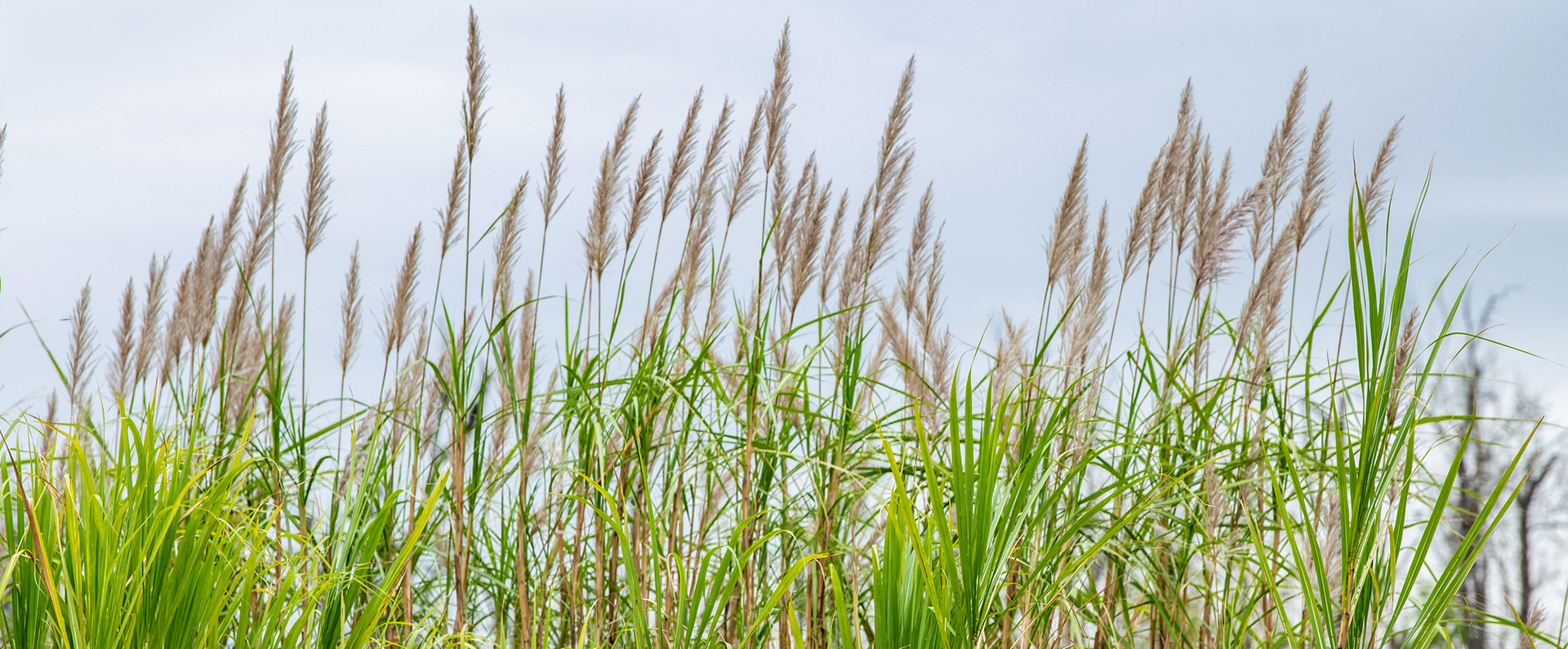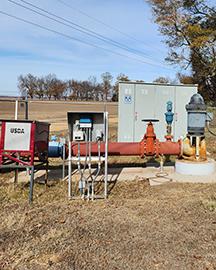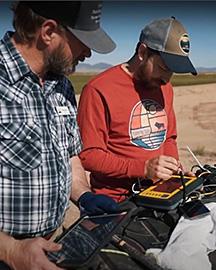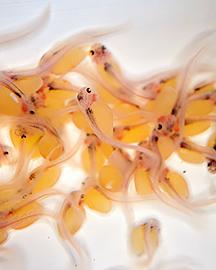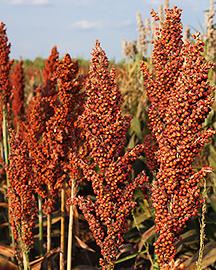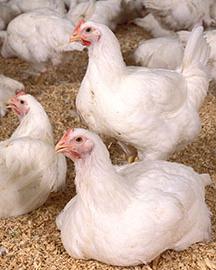ARS researchers are developing an environmentally friendly and effective bait for controlling fire ants.
Southeast Area

ARS’s Southeast Area delivers innovative, scientific solutions to national and global agricultural challenges. The Area supports ARS National Programs covering animal production and protection; nutrition, food quality and safety; natural resources and sustainable agricultural systems; and crop production and protection. Research programs in the Southeast Area are carried out in 66 research units at 27 locations in 9 states and Puerto Rico.
In This Section
Breeding A Mightier Catfish for Fish Farmers
ARS researchers in Stoneville, MS, are helping U.S. commercial catfish farmers increase their profitability by breeding a faster growing, meatier catfish.
Helping Growers Fight Citrus Greening Disease
ARS researchers in Fort Pierce, FL, are advancing research that will contribute to combatting a disease that has been devastating the U.S. citrus industry.
Mothers' Physical Activity May Help Newborns
ARS-funded researchers in Little Rock, AR, studied how a mother’s physical activity during pregnancy could affect infant brain development.
Recharging Water Supplies
Pumping groundwater from local aquifers to irrigate crops has increased yields but is steadily reducing the supply of available water for future use.
Helping Promote Food Security on Tribal Lands
Researchers worked with the Quapaw tribe to create high-resolution digital maps of soil properties for their tribal lands.
New Spawning Aid for Hybrid Catfish
ARS researchers developed a new spawning aid for female channel catfish resulting in increased egg yield.
Sorghum May Help Other Crops
ARS scientists are examining one of the things that makes sorghum naturally resistant to weeds — a natural herbicide the plant secretes from its roots.
Reducing Ammonia Emissions and Phosphorus Runoff
Study finds ammonium nitrate had 34% lower yield compared to poultry litter treated with alum.


